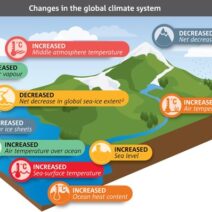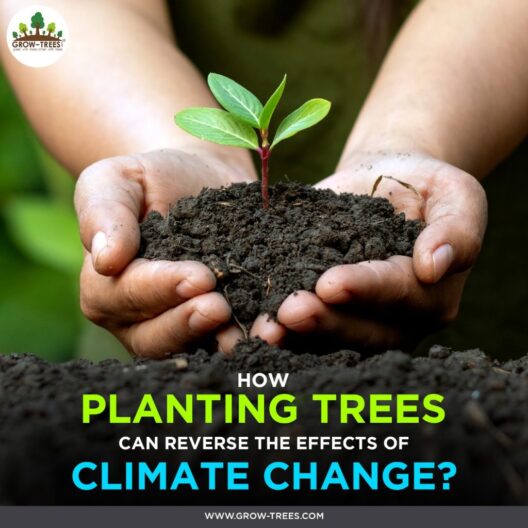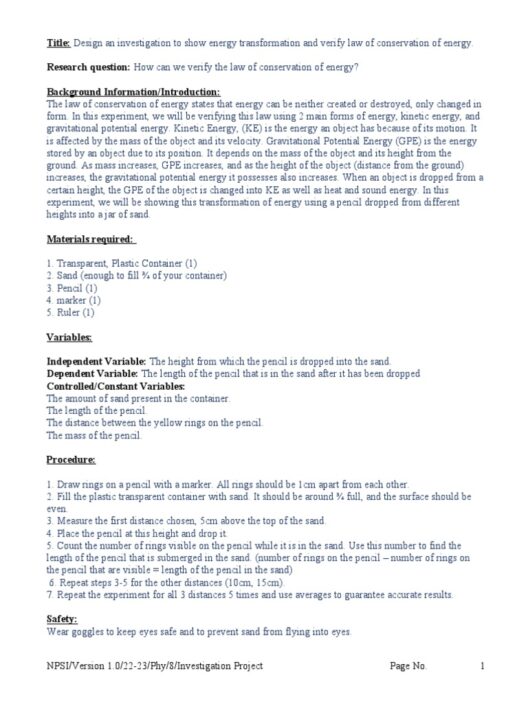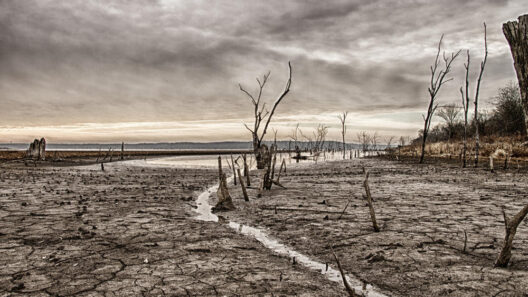The Paris Climate Accord represents a monumental step in the endeavor to combat climate change. Signed in 2015, it is a global pact involving nearly every nation on the planet, with a primary goal of holding the increase in global average temperature to well below 2 degrees Celsius above pre-industrial levels. In fact, countries aim to limit the temperature rise to 1.5 degrees Celsius. But what does this mean for our planet, and are we truly prepared to meet the challenges that lie ahead?
At its core, the Paris Agreement aims to unify the world in its response to climate change while fostering resilience against climate-related hazards. While it is a historic accord, several fundamental components merit exploration, such as its overarching objectives, commitments made by individual nations, and the mechanics of implementation.
One of the most significant aspects of the agreement is the “Nationally Determined Contributions” (NDCs). Under the Paris framework, each country is required to submit its own plan to reduce greenhouse gas emissions, which reflects its capability and economic standpoint. These contributions are intended to be ambitious, progressive, and updated every five years, creating a dynamic system that encourages nations to increase their climate action over time. Does this system, ultimately, promote genuine accountability, or do we risk letting national interests override collective progress?
Moreover, the Paris Agreement incorporates financial mechanisms to support developing nations. Wealthier countries are expected to provide $100 billion annually by 2020 to assist poorer nations in transitioning away from fossil fuel dependency and adapting to climate change effects. This financial aid is crucial for enhancing resilience, yet it raises questions: are the commitments sufficient? Will the promised funds indeed materialize?
The legally binding agreement also includes an enhanced focus on transparency and accountability. Nations are required to report their emissions and progress in implementation systematically. The transparency framework is fundamental in building trust among participating states, as it aims to ensure that countries are not merely pledging but also progressing toward their goals. Still, skepticism remains about the rigorousness of compliance monitoring. How can the global community enforce these commitments effectively, given the disparate political landscapes of member countries?
Another significant pillar of the agreement is the importance placed on climate education, awareness, and empowerment. The treaty encourages nations to enhance public participation and solicit input from a variety of stakeholders, including indigenous peoples and local communities. This inclusivity is essential for fostering solidarity and collective action against climate change, yet it also presents challenges. Will governments genuinely embrace a participatory approach, or will bureaucratic hurdles stifle genuine engagement?
Furthermore, the Paris Accord emphasizes the importance of long-term low greenhouse gas emission development strategies. Countries are encouraged to develop and communicate their plans for a sustainable future that hinges primarily on renewable energy sources. This pivot from fossil fuels to renewables heralds new economic opportunities, but this transition may not be seamless. What strategies will countries employ to mitigate the social and economic costs of this transformation, particularly in regions heavily reliant on fossil fuel extraction?
Critically, the Paris Climate Accord also recognizes the necessity of addressing adaptation and loss and damage associated with climate impacts. The global climate crisis is already manifesting in increased natural disasters, rising sea levels, and significant biodiversity loss. The agreement underscores the need for nations to develop resilience strategies while compensating vulnerable countries suffering from climate change’s disastrous effects. However, the operationalization of these commitments is fraught with complexity. Is there a viable roadmap that ensures adequate support for those most adversely affected?
As the world reflects on the Paris Agreement, it becomes abundantly clear that while the treaty marks a watershed moment in international climate policy, its efficacy hinges on collective ambition and collaboration. The interplay between ambition and practicality emerges as one of the most intricate challenges. Each ratifying nation’s ability and willingness to enact robust environmental policies are essential if the Paris Accord is to fulfill its transformative potential.
Critics inevitably question whether the Paris Climate Accord can accomplish its ambitious goals. Will nations genuinely adhere to their pledges, or will political and economic pressures lead to dilutions of commitments? Furthermore, the evolving nature of climate science necessitates that countries remain adaptable, revisiting and refining their contributions regularly. The fragility of ecosystems is at stake, and any retreat could prove detrimental.
The path ahead is laden with obstacles. However, the Paris Climate Accord is undeniably a watershed moment, shining a beacon of hope in our collective fight against climate change. Its long-term success will depend not merely on legal commitments but on a global collective will to enact substantive change. As every nation grapples with the persistent specter of climate disruption, the ultimate challenge is clear: can we come together to transform our climate actions into a transformative force for good? The answer lies in our willingness to collaborate, innovate, and persistently confront the climate crisis head-on.








